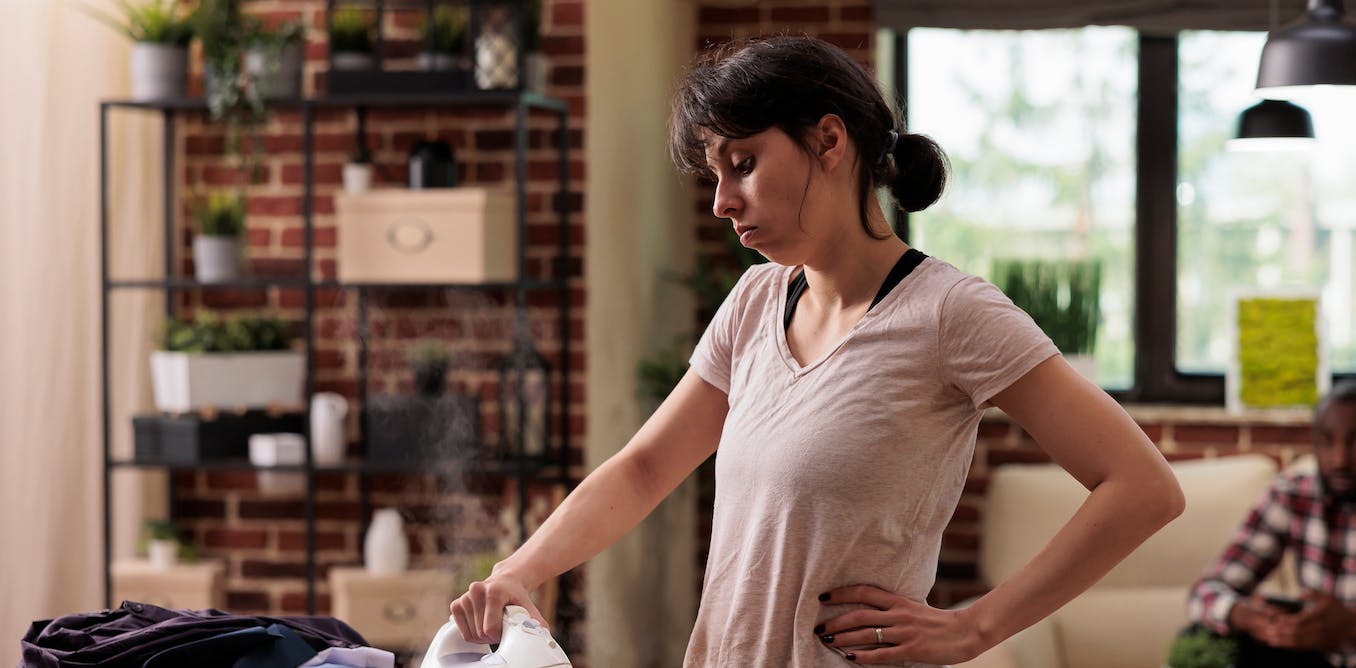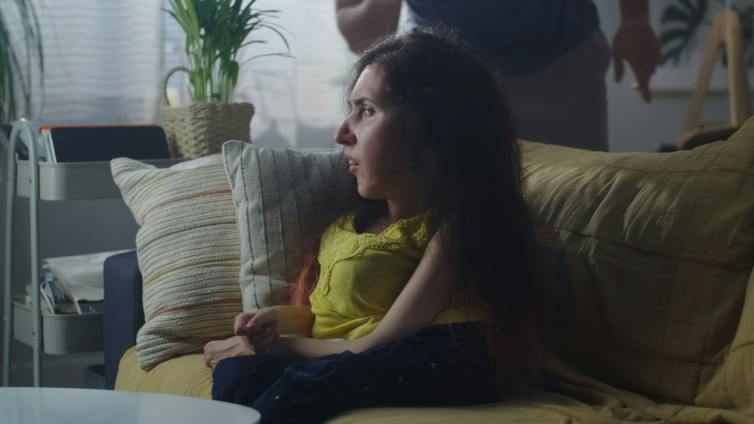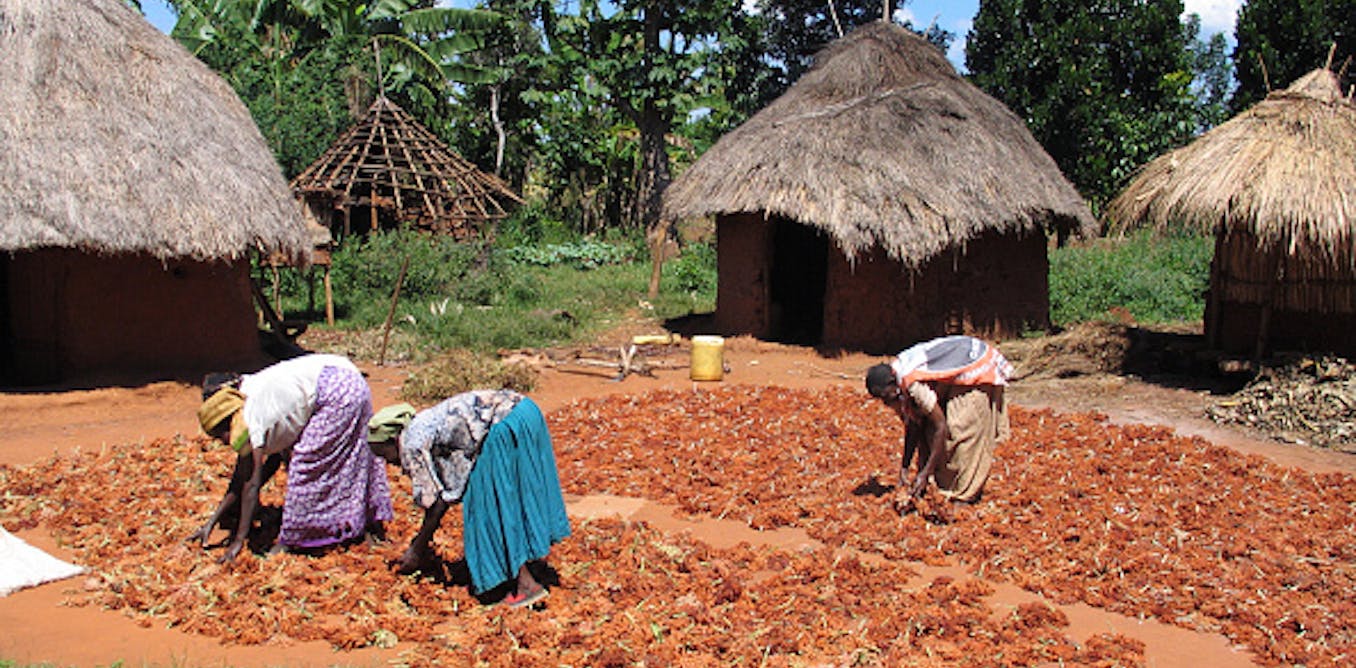The switch to remote work because of the COVID-19 pandemic required dual-career couples to adapt to a new way of life. As work and domestic responsibilities blurred, couples attempted to balance work and family life at home.
For many heterosexual couples, this return to home life did not reflect their pre-pandemic routine, but one that resembled a scene from the 1950s.
Researchers examined these new relationship dynamics and found that, although both men and women were actively employed, women took on the greatest number of domestic responsibilities during the pandemic.
Working mothers reduced their working hours or left their careers to take on the role of homemaker, while their male partners continued to work.
This phenomenon, where women take on a greater share of domestic responsibilities due to gender stereotypes, is known as the gendered division of labour.
Questions remain as to how and why the majority of domestic labour continues to fall on women, and what factors may be contributing to this type of gender inequality.
Gendered division of labour
The gendered division of labour can be explained by the social roles assigned to men and women at home and work. Social roles, in turn, are shaped by gender stereotypes. While women are seen as homemakers and caretakers, men are considered providers — best suited for employment.
However, gender equality in the workplace and at home has greatly improved over the last several decades. Specifically, younger couples reported having more equitable relationship dynamics.
For example, men have taken on a more equal share of household work. Overall, dual-career couples of today have different expectations of gender roles, with partners making household decisions based on factors beyond gender.
At the beginning of the pandemic, it was predicted that the shift to remote work would lead to more equal division of domestic labour. However, our recent research, pending publication, found this progress was set back by the pandemic. In particular, we found the gendered division of labour among dual-career couples worsened.
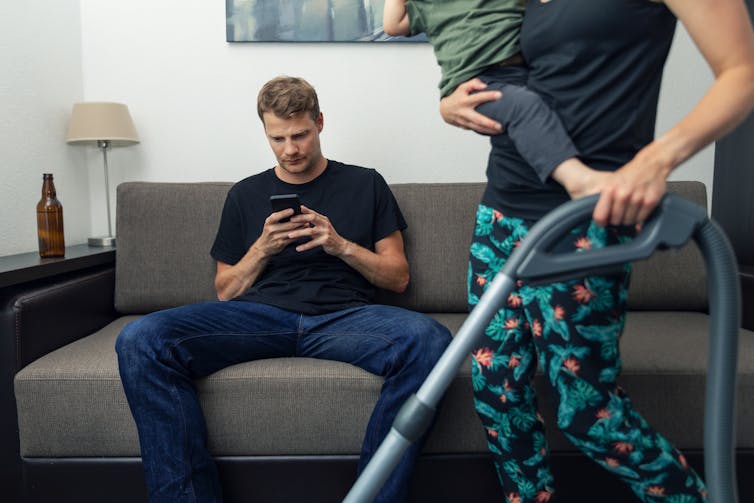
(Shutterstock)
The goal of our study was to better understand why couples were returning to a more unequal division of labour, despite significant progress over the last several years. We interviewed employees who were part of dual-career partnerships to understand the circumstances and decisions behind these inequitable outcomes.
Pandemic increased gender inequality
Our findings showed that the pandemic worsened the gendered division of labour among dual-career heterosexual couples working remotely. This division was influenced by the age of couples and the existence of children.
Our research found that couples 50 years of age and over had a more traditional division of labour during the pandemic. Despite being fully employed, women in these partnerships took on most, if not all, of the household tasks and care-giving responsibilities.
One woman over 50 told us:
“So, I’m cooking and cleaning, I do all the grocery shopping. I do all the out stuff. He (spouse) has never been interested in cooking and chores, not knowing where simple things are, like where a rolling pin is kept, because he’s never used it in the kitchen, so it’s very much a division.”
On the other hand, couples under 50 participated in a more equal division of labour, with women and men sharing domestic tasks and responsibilities. However, when these couples had young children, women often took on a majority of household and caregiving responsibilities.
For couples who did not have children, despite a more equal division of labour, women were responsible for more feminine-oriented tasks (i.e., cooking and cleaning) while their male partners participated in more male-oriented tasks (i.e., taking out the garbage and yard work).
One woman under 50 told us:
“I’m Martha Stewart and making dinner…in terms of division of labour…it’s stereotypical, he (spouse) will do the stuff outside the house, so lawn mowing, shovelling and I would do stuff inside the house.”
Overall, domestic labour defaulted to women, who took on more home and family responsibilities, more feminine-oriented tasks, and felt a greater emotional burden towards this division of labour.
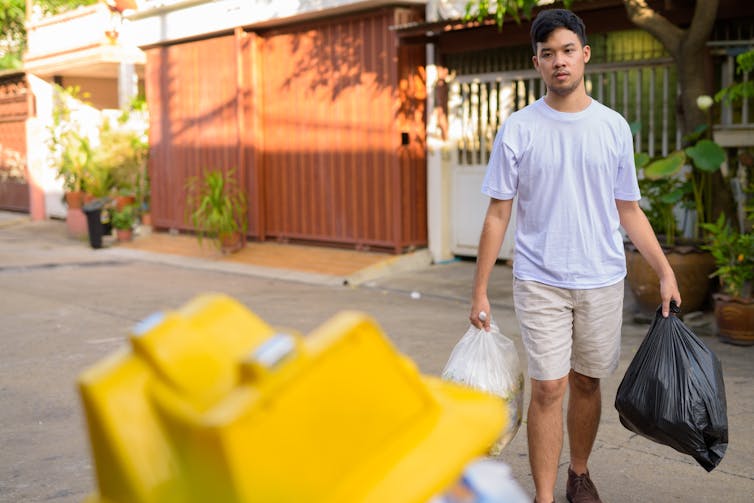
(Shutterstock)
Women’s feelings about domestic labour
The interviews provided us with the opportunity to better understand participants’ feelings towards their division of household labour. Women within the 50 and over age group felt dissatisfied and frustrated with such unequal division of labour.
One woman over 50 told us:
“I don’t like it and am not pleased with it, but it’s a battle and I haven’t got the strength for a fight. I mean, you will have to keep going anyways anyhow.”
On the other hand, women under 50, who experienced a more equal division of labour, expressed mixed feelings of guilt, gratitude and anxiety. Many women felt fortunate to have partners who shared the workload in the household, but others felt guilty.
Our findings demonstrated that, despite differences in age and caregiving responsibilities, women felt a moral obligation towards domestic labour. Researchers refer to this as “doing gender.”
One woman under 50 told us:
“I feel intense guilt and stress and anxiety because I’m not able to participate in the kinds of food preparation that I was able to do before.”
Implications for the future
Our findings have important implications for the workplace and beyond. Given the increasing number of dual-career couples, these inequalities can lead to significant negative career outcomes for both men and women.
Employers must recognize these challenges and develop policies and practices to support working women who aspire to grow and develop their careers. This can include advocacy for paid leave for both mothers and fathers, flexible work-from-home arrangements, or improved pay and benefits to help with increasing costs of living.
As well, employers should facilitate critical discussions about gender inequality and open the door for progress around gender roles and gender expectations.
These work-related challenges are a reflection of existing gender inequities within our broader society. With our findings, we aim to raise awareness about gender inequality and encourage individuals to advocate for closing the gender gap. Our hope is to encourage and promote a more equal and fair future for both men and women.

